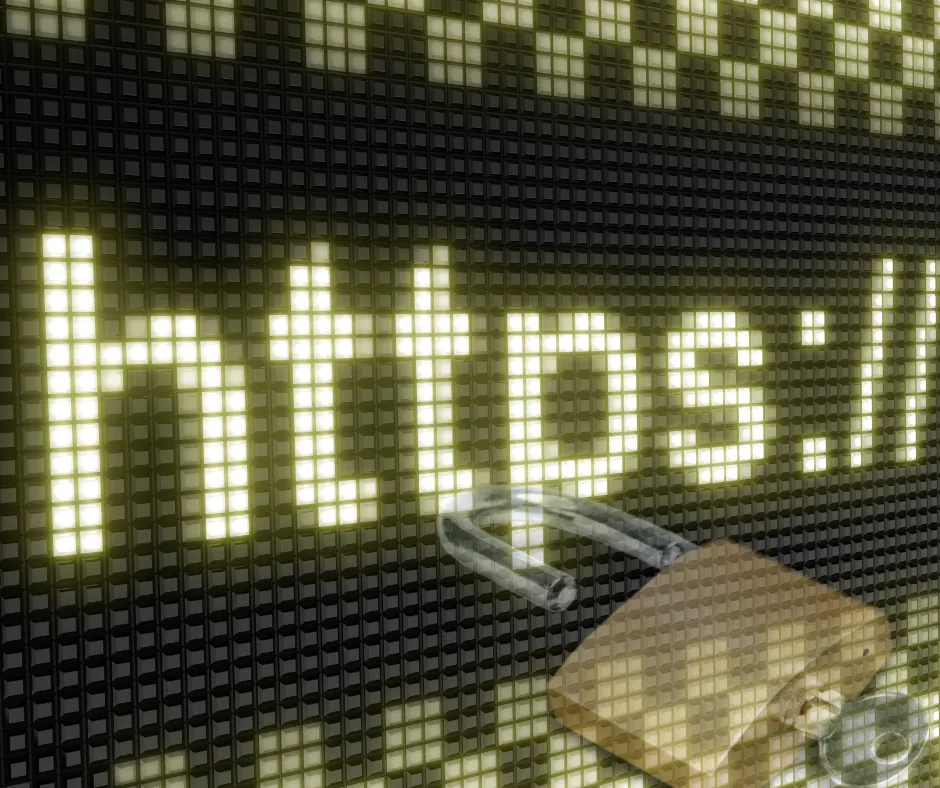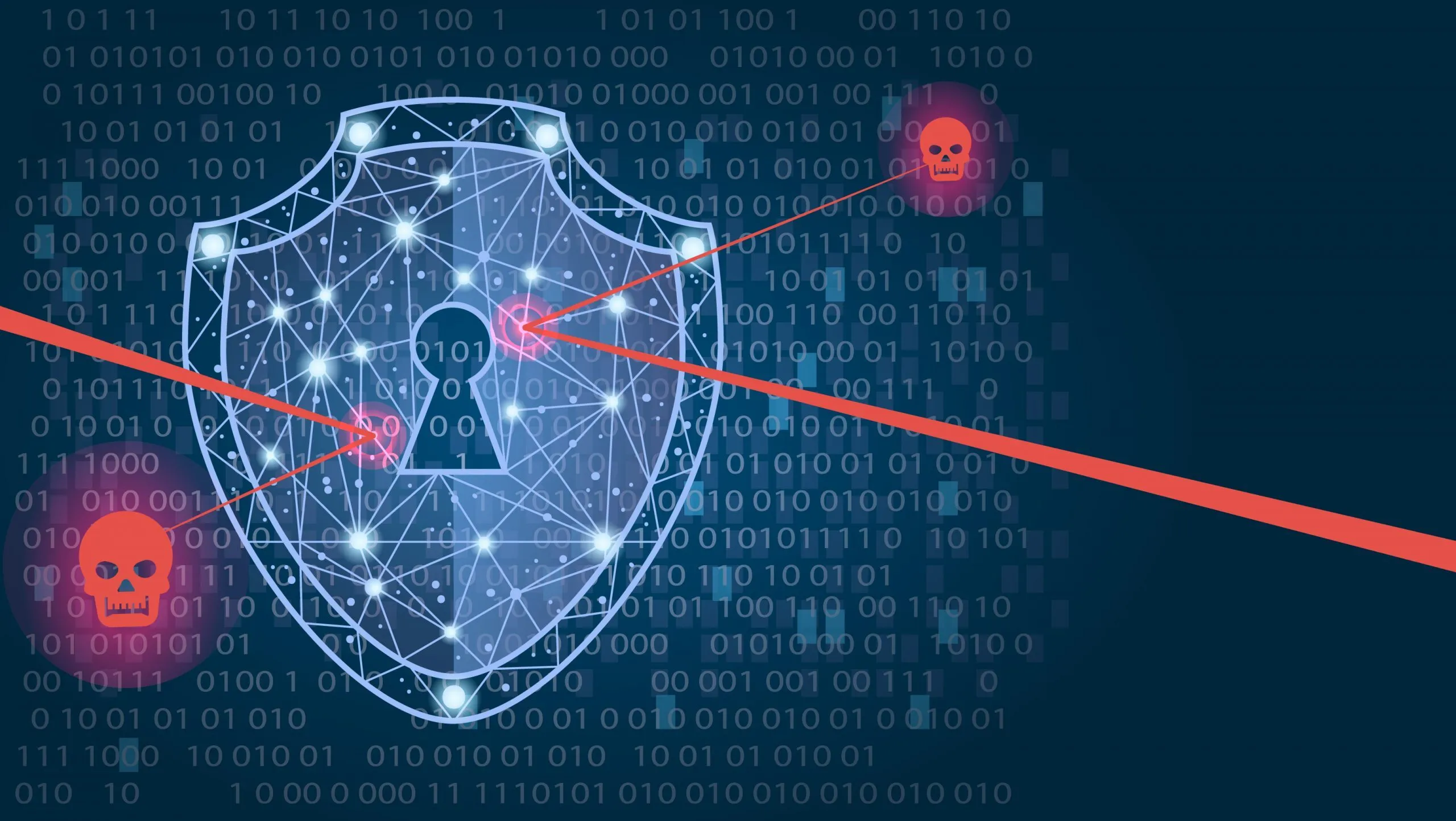Does HTTPS really keep you safe online?
If you’ve ever noticed that little padlock icon next to a website’s URL, you might feel a sense of security.
But is that enough to protect you from all the dangers lurking online?
Let’s explore what HTTPS actually does, its limitations, and what you need to know to stay truly safe online.
Think HTTPS Is Enough to Keep You Safe?
Think Again.
You see that padlock and breathe a sigh of relief, thinking you’re safe. But is HTTPS really all it’s cracked up to be?
Let’s uncover the truth.
What Is HTTPS, Really?
HTTPS stands for HyperText Transfer Protocol Secure.
It’s an extension of HTTP, the protocol used to transfer data over the web, with an added layer of security.
When you visit a website using HTTPS, the data sent between your browser and the website is encrypted.
This means that if someone tries to intercept your data, all they’ll see is a scrambled mess, not your sensitive information.
Why It’s Important:
– Encryption: HTTPS encrypts the data, making it much harder for cybercriminals to steal your information during transmission.
– Authentication: It also helps verify that you’re connecting to the legitimate website and not an imposter.
– Data Integrity: HTTPS ensures that the data you send and receive hasn’t been altered or corrupted during transmission.
HTTPS Is a Good Start, But Is It Enough?
While HTTPS adds a layer of security, it’s not the be-all and end-all of online safety.
Here’s why you need more than just that padlock icon to stay safe.
The Limitations of HTTPS
While HTTPS is an essential tool for online security, it has its limitations.
The presence of HTTPS doesn’t guarantee that a website is safe or trustworthy—it only means that the data you exchange with the site is encrypted.
Here’s What HTTPS Doesn’t Do:
– Content Security: HTTPS doesn’t protect you from the content on the website itself. If the site is malicious or has been compromised, HTTPS won’t stop malware from being delivered to your device.
– Phishing Protection: Many phishing sites now use HTTPS to appear legitimate. That padlock icon can give you a false sense of security, leading you to trust a site that’s actually trying to steal your information.
– End-to-End Security: HTTPS only protects data in transit. Once your data reaches the server, it’s only as secure as the server itself. If the server is compromised, your data could still be at risk.
Don’t Be Fooled by the Padlock!
Just because a site has a padlock doesn’t mean it’s safe. Learn how to protect yourself beyond HTTPS.
How to Stay Safe Online
So, if HTTPS isn’t enough on its own, what else can you do to protect yourself online?
Here are a few additional steps to enhance your security:
1. Verify the Website’s Legitimacy
– Look Beyond the Padlock: Check the URL carefully and ensure it matches the website you intend to visit. Be cautious of sites with slight misspellings or unfamiliar domain extensions.
– Use Security Tools: Tools like browser extensions and security software can help identify and block phishing sites before you even land on them.
2. Enable Multi-Factor Authentication (MFA)
– Extra Layer of Security: Even if your data is compromised, MFA adds an additional layer of protection by requiring a second form of verification before granting access to your accounts.
3. Keep Your Software Updated
– Stay Protected: Regularly update your browser, operating system, and security software to protect against the latest threats.
4. Be Wary of Public Wi-Fi
– Use a VPN: When using public Wi-Fi, consider using a Virtual Private Network (VPN) to encrypt all your internet traffic, adding another layer of security.
Take Control of Your Online Safety
Don’t rely solely on HTTPS to keep you safe.
Implement these strategies to protect yourself from cyber threats.
Conclusion: HTTPS Is Essential, But Not Enough
HTTPS is a critical part of staying safe online, but it’s not a silver bullet.
While it does protect your data during transmission, it doesn’t safeguard you from all online threats.
By understanding the limitations of HTTPS and taking additional security measures, you can better protect yourself and your sensitive information.
If you’re a business, go here to sign up for our Free Security Assessment.

